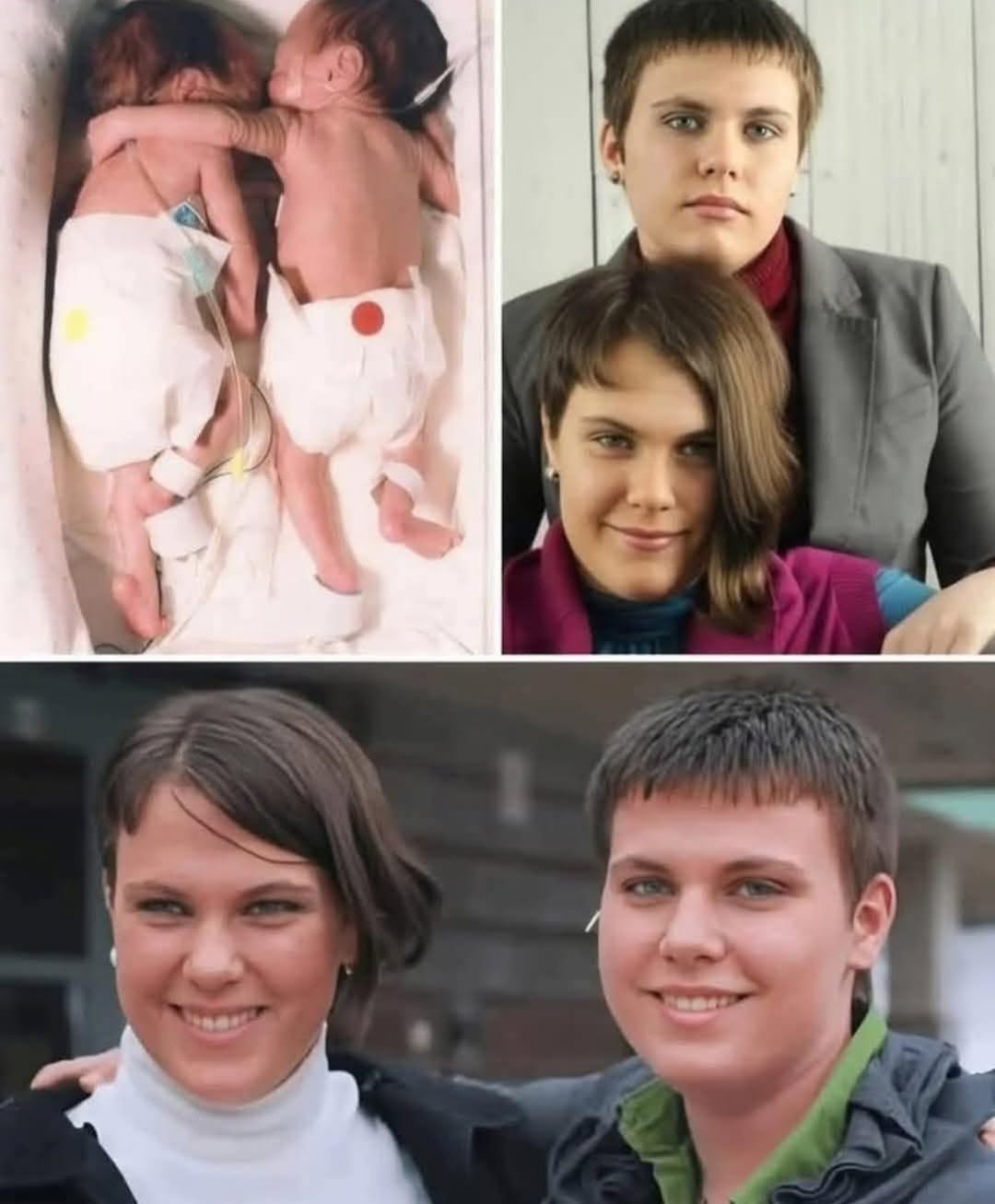In 1995, twin sisters Kyrie and Brielle Jackson were born prematurely at just 28 weeks in Massachusetts. Both babies were extremely small and fragile. While Kyrie gradually grew stronger, Brielle’s condition became critical—she was turning blue, struggling to breathe, and her heartbeat was irregular. Doctors feared she might not survive, leaving the family and medical team in deep concern.
A nurse suggested an unconventional approach for the time: placing both twins together in the same incubator. As soon as they were reunited, Kyrie instinctively wrapped her tiny arm around Brielle in a gentle embrace. Remarkably, Brielle’s breathing improved, her heartbeat stabilized, and her color returned, as if the hug itself had given her the strength to survive.
This moment, later called “The Rescue Hug,” had a lasting impact on neonatal care. It inspired the wider use of skin-to-skin contact, now known as “kangaroo care,” a method that has since helped countless premature infants around the world to regulate their breathing, heart rate, and body temperature through the comforting touch of a sibling or parent.
Credit to the rightful author~
